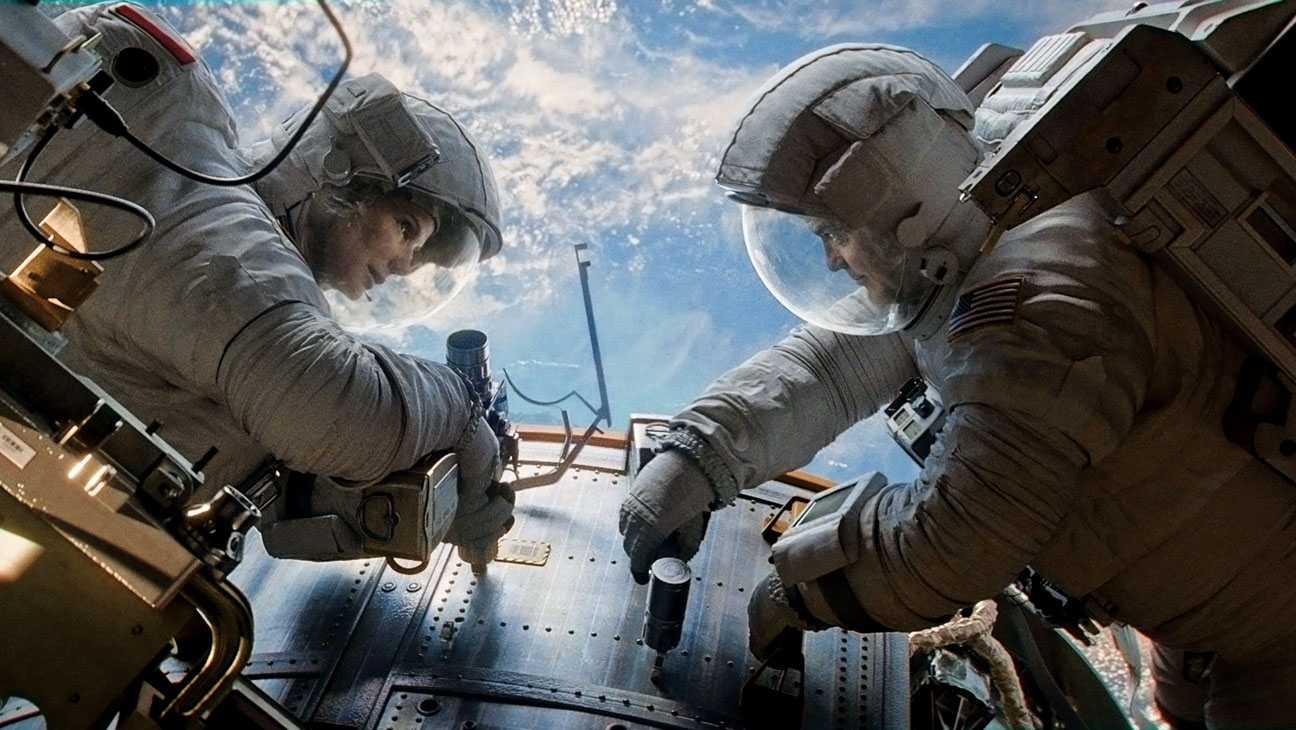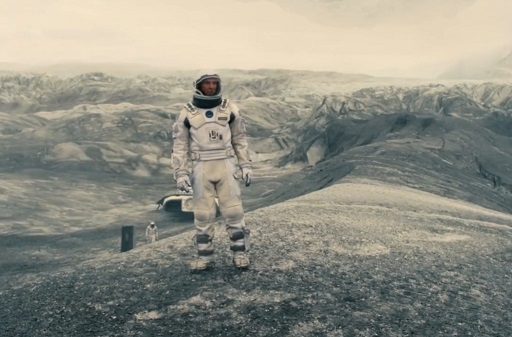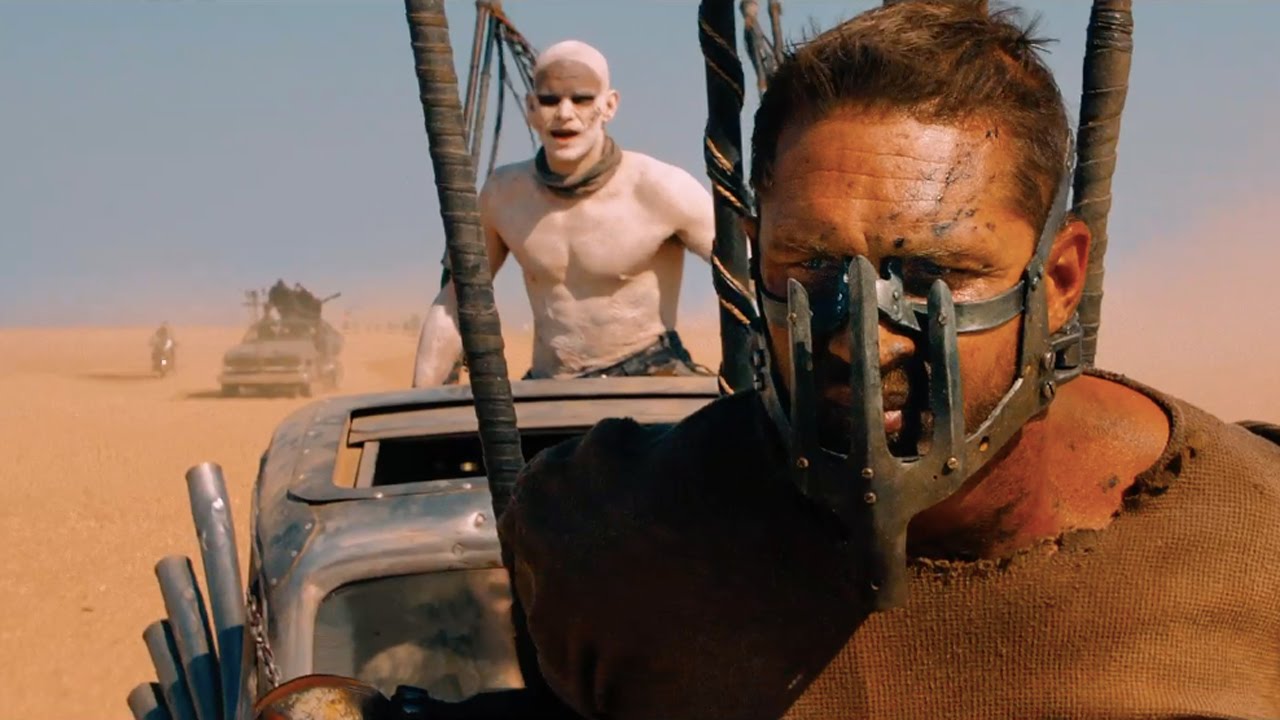6. Best Adapted Screenplay of 2010: Aaron Sorkin, “The Social Network”

Had Michael Bacall and Edgar Wright been nominated for their kaleidoscopic, cerebral rendering of “Scott Pilgrim vs. the World,” this award would have been rightfully theirs. But since they weren’t in the running, it’s more or less inarguable that Aaron Sorkin’s ethically excoriating, blackly hilarious, and borderline Shakespearean plunge into the Facebook zeitgeist wasn’t deserving.
“The Social Network” also happens to be one of the best movies of the decade, in part because Sorkin fashioned Facebook creator Mark Zuckerberg’s life as a canny metaphor for technology-induced human disconnect—although the brio of Sorkin’s lithe yet hammering dialogue has something to do with the movie’s primacy as well.
With each delectable put-down, each self-righteous speech, and each burst of wrath, he made us feel the aggressive mental vibrations of each character’s interior life—the virulent drive and wounded vanity of Zuckerberg; the stodgy outrage of the Winklevoss twins (Armie Hammer and Josh Pence), who claim Zuckerberg stole the idea for Facebook from them; and the forlorn fury of Eduardo Saverin (Andrew Garfield, never better), who is excommunicated from Facebook’s entrepreneurial Eden after helping build it with both his money and his brotherly devotion to Zuckerberg.
While “The Social Network” won three Oscars and grossed over $224 million at the worldwide box office, it has also been criticized for its lack of accuracy, not least of all by Zuckerberg himself. But while Sorkin took liberties in order to create an entertaining and illuminating work of popular art, he also wrote a film that proved groundbreaking because it was not just about Zuckerberg’s life, but the lives of everyone with a Facebook account.
Hence the moment in the movie when Zuckerberg sits slouched at a conference table, waiting in vein for his ex-girlfriend, Erica (Rooney Mara), to accept his friend request. While the scene is fictitious, it’s easy to see why Sorkin included it. Facebook, for all its aspirations toward interconnectivity, has a way of dividing us from each other both ideologically and emotionally. It’s not a stretch to imagine that its creator would feel the effect of that.
7. Best Director of 2013: Alfonso Cuarón, “Gravity”

Years ago, Alfonso Cuarón faced a monetary roadblock. While he had snagged Charlotte Gainsbourg and Daniel Auteuil for his road movie “A Boy and His Shoe,” the project’s financial backing collapsed, which led Cuarón to reportedly phone the legendary cinematographer Emmanuel Lubezki with a fresh mandate. “Forget about independent movies!” Lubezki remembers Cuarón declaring. “Let’s do something big! Let’s do a studio movie!”
That studio movie turned out to be “Gravity,” which won seven Oscars and grossed over $723 million worldwide. Yet while Cuarón set out to make a “big” movie, the culmination of his quest was not quite that.
Yes, the film unfolded in orbit around Earth with its astronaut protagonists, Ryan Stone (Sandra Bullock) and Matt Kowalski (George Clooney), attempting to evade a lethal barrage of satellite debris. But Cuarón threaded something else through that struggle for survival—the story of a grieving mother, bereft at the loss of her daughter and in dire need of a new reason to live.
As the stature of “Gravity” rose, much adulation was aimed at the movie’s monumental visual effects, seemingly at the expense of Cuarón’s belief that the film is about “rebirth.”
Apparently, some viewers didn’t agree—in Entertainment Weekly, critic Owen Gleiberman called the movie a “luminous and transportive technological daydream,” and when the Oscar nominations were announced, the film’s popularity as a visual, but not narrative, tour-de-force was seemingly confirmed when Cuarón and his son Jónas (who wrote the film together) were conspicuously absent from the list of nominees for Best Original Screenplay.
Yet what many pundits missed was that despite its gloriously realistic-looking CGI backdrops, “Gravity” gets its emotional horsepower from Ryan’s quest to regain her will to live.
That’s why one of the movie’s most memorable shots is of Ryan sitting alone in a Soyuz space capsule, crying tears that float like bubbles as she contemplates perishing in the vacuum of space—an achingly intimate moment that sets up an exultant climax that solidifies “Gravity” as a fervent tale of a woman who’s shattered by sadness, but finds the strength to go on, telling us what we already know: “It’s going to be one hell of a ride.”
8. Best Visual Effects of 2014: “Interstellar”

The rigor beneath the images of “Interstellar” is already enshrined in cinema legend—thanks to a seemingly endless stream of PR materials, we all know how Matthew McConaughey and Anne Hathaway stared out at digitally projected cascades of stars instead of green screens while the movie was being filmed.
What’s rarely acknowledged is that despite its lack of technological breakthroughs, “Interstellar” is one the most visually seductive sci-fi wonders of the new millennium.
By eschewing 3D and limiting the presence of computer-generated imagery, Christopher Nolan may have ensured that his (implicitly) post-global warming adventure would never be heralded as a marvel of innovation like “Avatar,” but he did create a futuristic world that was both beautiful and tangible, a world with a spaceship that could rattle in the wind when it landed, instead of drifting hazily through the kinds of anodyne landscapes familiar from the “Star Wars” prequels.
Nolan believes that CGI works best when it’s used not to build characters and locations from scratch, but to subtly tweak or enhance things that already exist (“to fool the audience into seeing something seamless,” he told DGA Quarterly in a 2012 interview).
That approach served him spectacularly well during the making of “Inception” and the “Dark Knight” trilogy, and he applied it to “Interstellar,” most memorably when the movie’s astronauts visit a frozen alien planet in the third act—an eerie sequence that blends location photography from a glacier in Iceland with digital backdrops that create the illusion that we’re staring out at a vast and desolate uncharted planet, instead of a sliver of a country in the Northern Hemisphere.
Similar digital dreams and earthly realities merge throughout the rest of “Interstellar,” including in shots of a swirling, spherical wormhole that was boosted into toward the solar system of scientific accuracy by executive producer Kip Thorne, a professor of theoretical physics at Caltech. Yet “Interstellar” is less a 2014 star trek than it is a drama about parents, their kids, and the painful passage of time—“Boyhood” writ galactic.
The stakes, in other words, were earthbound. It made sense that the special effects had to be, too.
9. Best Director of 2015: Alejandro G. Iñárritu, “The Revenant”

While Alejandro G. Iñárritu has won four Oscars, there have been moments when it seemed like the Academy should award him with a special Most Disingenuous Filmmaker prize (particularly after he made “Babel,” a slab of sexually exploitative schlock meticulously disguised as a meditation on global human interactions).
Yet despite Iñárritu’s unearned pretentiousness, he was a worthy winner of the Best Director trophy he received for “The Revenant,” a movie that he fueled with enough mud, blood, snow, and retribution to make the worn-out battle of man versus nature feel vital again.
Based in part on a true story retold in a fact-based novel by Michael Punke, “The Revenant” chronicles the sufferings of nineteenth-century trapper Hugh Glass (Leonardo DiCaprio), who is mauled by a bear and buried alive by one of his treacherous partners, John Fitzgerald (a freakishly frightening Tom Hardy).
Yet that’s only the beginning of the story—despite at first being barely able to walk, Glass crawls out of his premature grave and hikes through the snow-caked wilderness of the Louisiana Purchase in order to find Fitzgerald, his broken body bound together by his enduring hunger for revenge.
Though this ponderous, viciously violent tale proved popular, it endured critical bashing for its unrelenting self-seriousness. Yet what the naysayers missed was that Iñárritu, in both his direction and his writing (he wrote the script with Mark L. Smith), seized upon a key truth—that the story of Glass fascinates not because of its psychological complexity, but because of its logistics. Revenge may be mundane, but the image of a half-dead man figuring out how to cross a river when his legs refuse fully to bear his weight is the stuff that Werner Herzog’s dreams are likely made of.
Despite a surge of criticism, Iñárritu’s work was still hyped, not least of all because he suffered through a reportedly miserable shooting process (one person involved with the production told The Hollywood Reporter that making the film, which was shot in Canada, Montana and Argentina, was “a living hell”).
Yet “The Revenant” is not great because it was difficult to create—it’s great because Iñárritu stripped the film down to its hero’s bare hunger for survival, a hunger that at once enforces and belies the emptiness of Glass’ ultimate revenge.
10. Best Editing of 2015: Margaret Sixel, “Mad Max: Fury Road”

What do we talk about when we talk about editing? Mostly the flashy, attention-getting cuts, like the suave juxtaposition of a bone and a spaceship in “2001: A Space Odyssey.” What we don’t talk about is how editors have the power to reshape a film, the way Verna Fields did by keeping Spielberg’s shark eerily out of sight for the majority of “Jaws.”
But even that instance fails to convey the nearly omnipotent power an editor can have over a film. Directors may oversee the creation of movies, but it takes an editor to complete the awesome task of molding a mass of footage into a coherent narrative, of choosing images and sounds that create the illusion of a seamless flow of feelings and ideas—by concealing the fact that we’re really just watching a bunch of scene fragments stitched together.
Which Margaret Sixel did—and more—for “Mad Max: Fury Road.” The film may be a near-ceaseless rush of brutality, but Sixel (who is married to George Miller) not only knitted all of the movie’s punches and accelerations together with clarity, but spiked them with nuance, emotion, and political heft.
Like Miller, she understood that a movie that’s essentially an elongated car chase could never seize and shake our spirit without flashes of intimacy, like the arresting moment when Furiosa (Charlize Theron) and Max (Tom Hardy) lock gazes and seem to clasp hold of each other’s thoughts in the midst of their battle against the fascist and misogynistic reign of Immortan Joe (Hugh Keays-Byrne).
Of course, the movie’s mad and beautiful vision of redemption in a barren world couldn’t have come to fruition without Miller. But Sixel helped insure that the film’s story made physical and emotional sense, from the opening shot of Max standing alone in the desert to the film’s final salvo, as Furiosa rises above a joyous crowd.
That kind of accomplishment isn’t just Oscar-worthy. It’s shiny and chrome.
Author bio: Bennett Campbell Ferguson is a freelance film critic and culture writer based in Portland, Oregon. In addition to reviewing films for Willamette Week, he founded the blog T.H.O. Movie Reviews, which he also edits. You can follow him on Twitter @thobennett.